Nahum – Prophet of Iraq – With A Powerful Message For Our Own Times
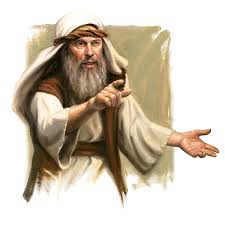
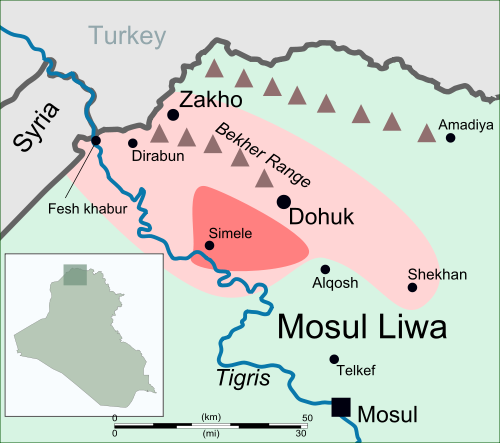
Thanks to the great uncle of Athra Kado, a Chaldean Assyrian from the Iraqi town of Alqosh, the tomb of the Jewish Prophet Nahum was preserved during the long years following the passing of Iraq’s virulently Anti-Jewish laws and the expulsion of the country’s Jews.
Between 1948 and 1951 121,633 Jews left Iraq.
As the decades passed the Alqosh synagogue, enclosing Nahum’s tomb, collapsed but Athra’s family kept its promise to do all they could to keep alive the memory of Nahum and to guard the ruins in which their Jewish neighbours had once worshipped – waiting for better times.
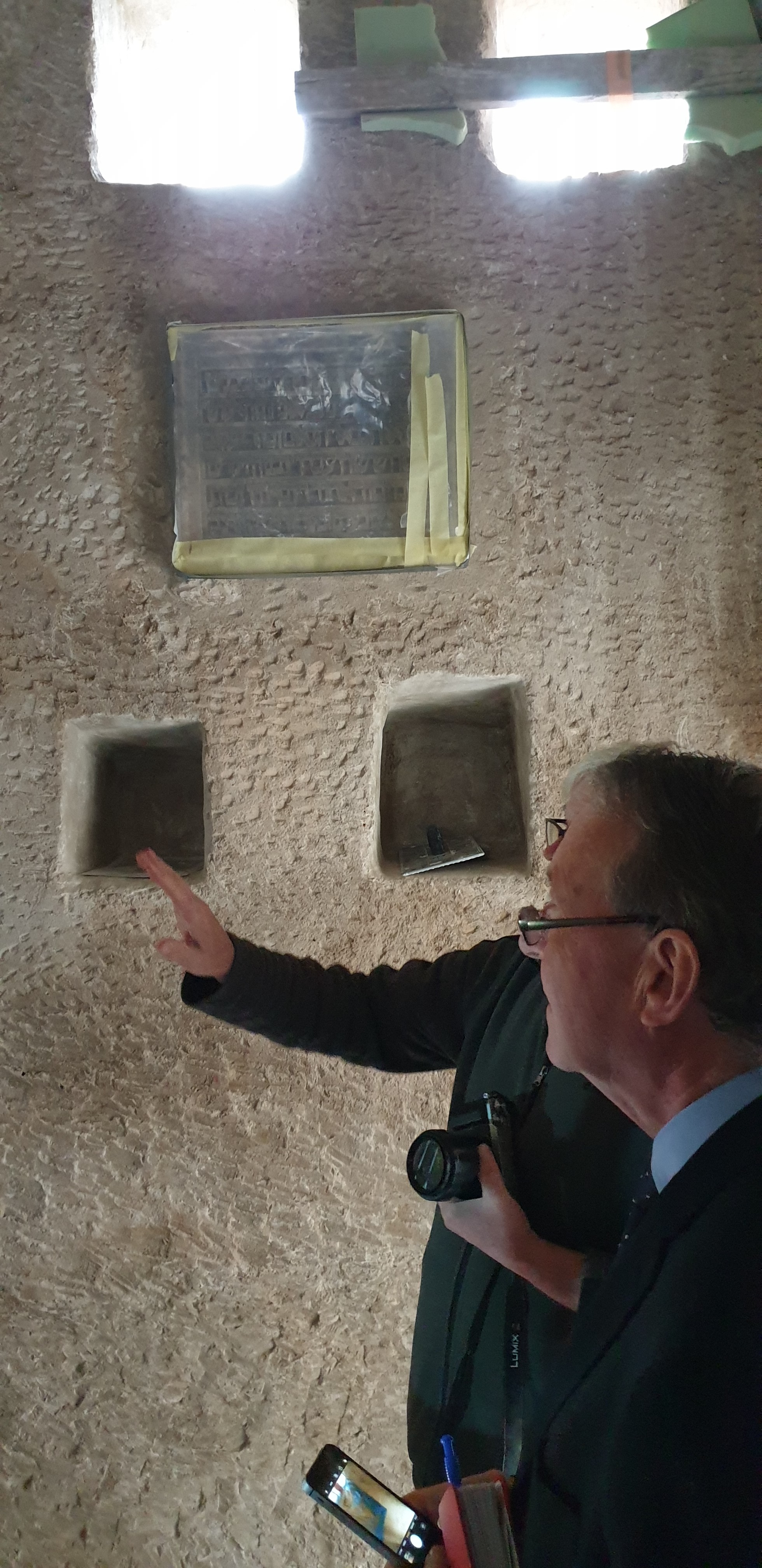
Today, in a new generation, Athra is one of Nineveh’s most passionate and visionary advocates, knowing how the past shapes the future and how heritage, language and identity can help to mould a more respectful and diverse society. Athra continues to fulfil the promise made by his great uncle and watches an international team breathe new life into the broken stones.
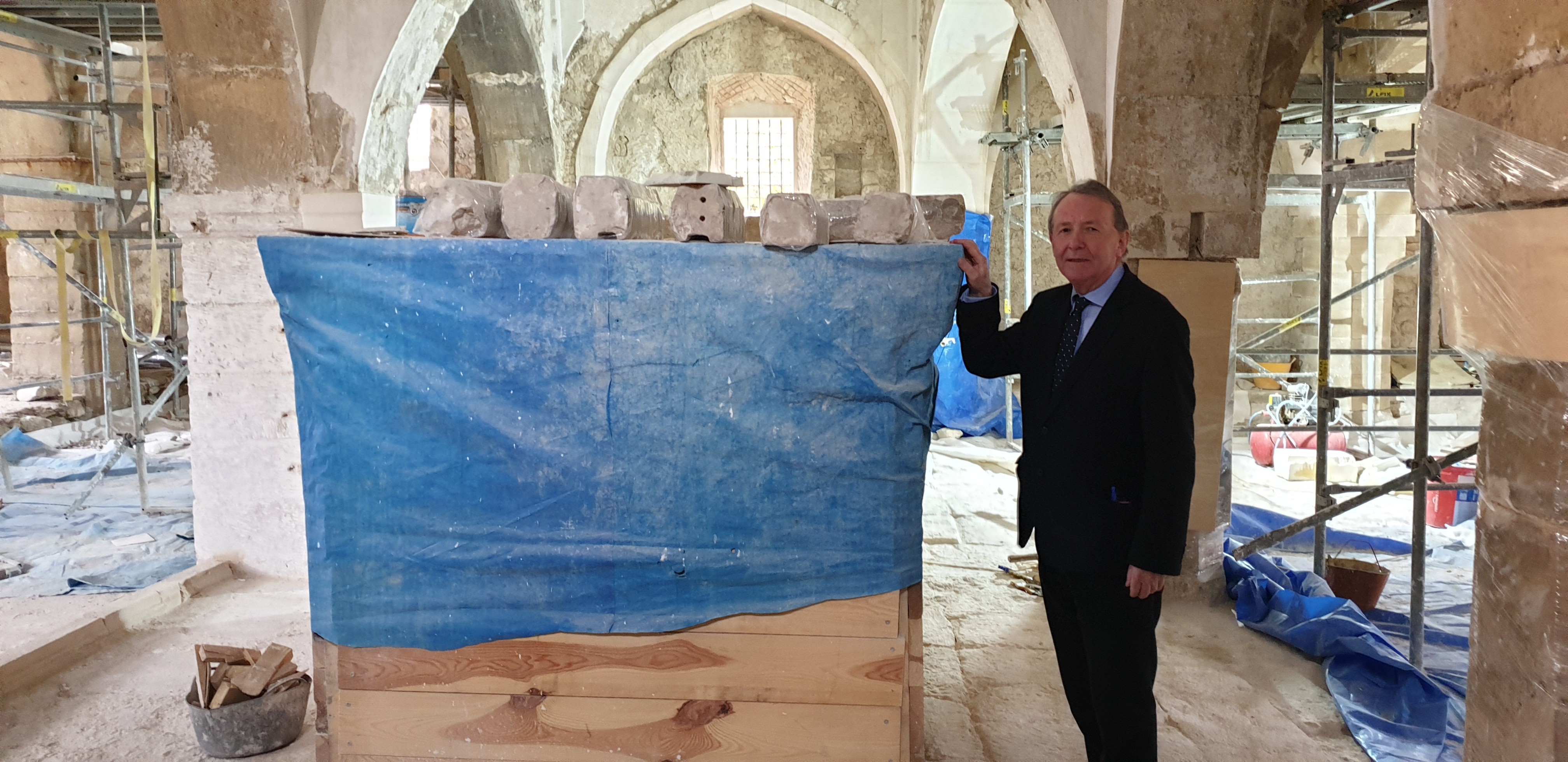
Although Nahum is revered by Muslims, Jews, and Christians, if ISIS had entered Alcosh they would have destroyed Nahum’s tomb – as they destroyed the tomb of Jonah in Mosul (ancient Nineveh) on July 24, 2014. ISIS were determined to erase the shared history of the diverse religious communities that lived in Mosul and to replace the concept of different communities respectfully living alongside one another by a narrow, unforgiving, and cruel ideology where nothing that went before them has value and where everyone must conform.
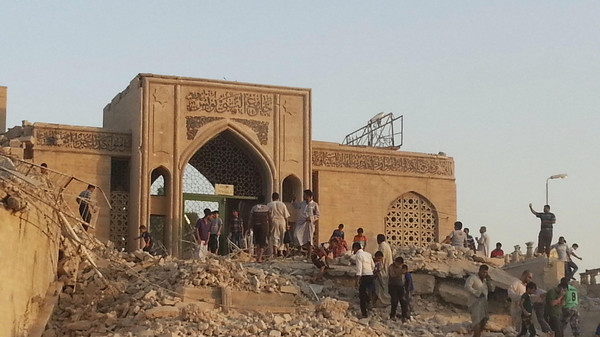
Happily, Alcosh did not fall to ISIS and today, under the direction of Miroslav Houska, a Czech conservationist, whose company, Gema Art Group, is working with ARCH (Alliance for the Restoration of Cultural Heritage) Nahum’s tomb and synagogue are being lovingly restored by Czech and Assyrian craftsmen working together. The project is due to be completed in May 2020.
Nahum’s own story is especially poignant to Nineveh’s contemporary communities. His name means “comforter” and in poetic language he wrote about the end of the Assyrian Empire, which fell in the seventh century before Christ.
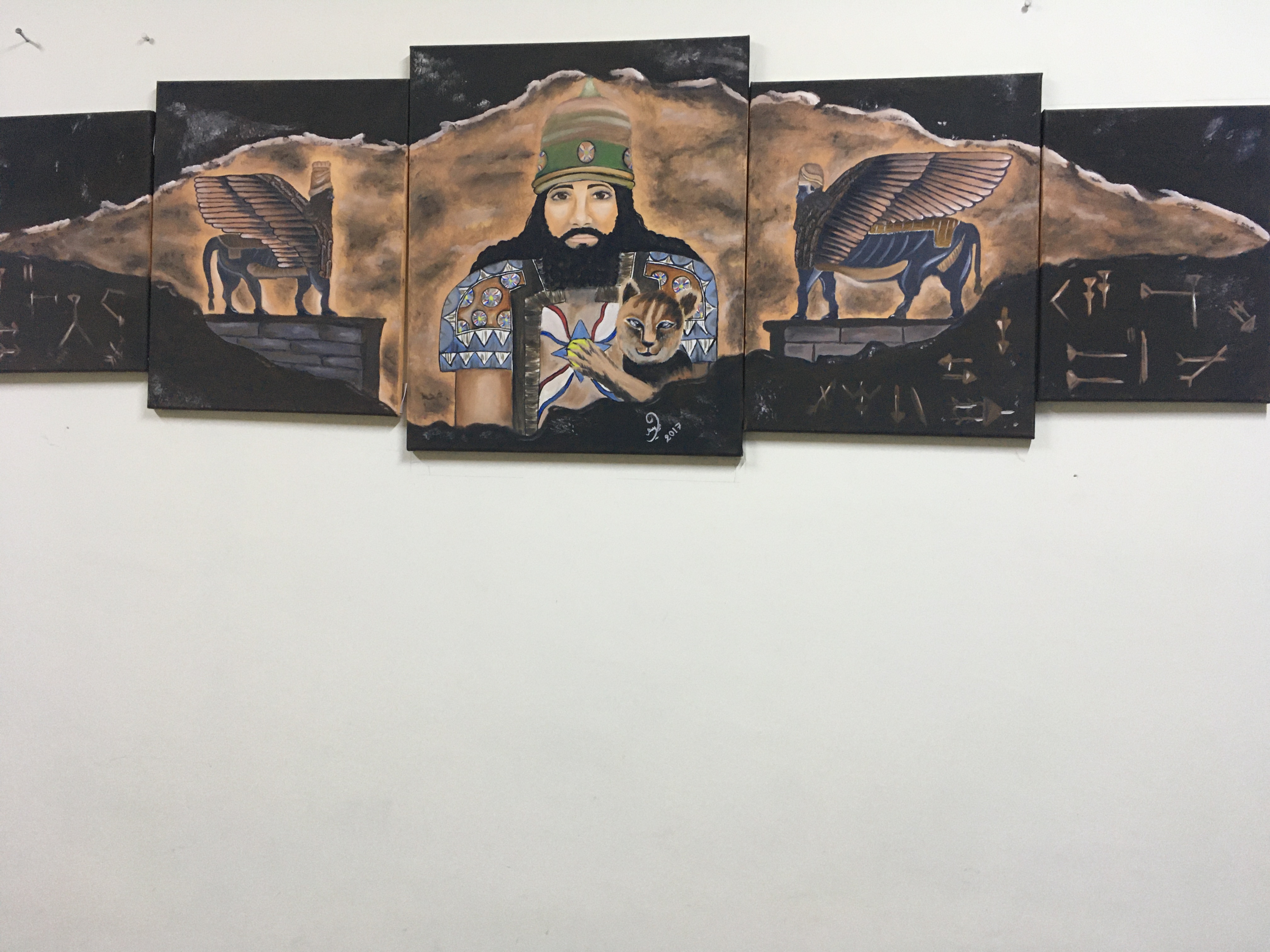
Nahum warns of desolation and ruin while Nineveh, Assyria’s capital, is compared to a lion (Assyria’s symbol of power) but grown weak because it has used military might to oppress and plunder.
Nahum tells us that God will punish evil, that all corrupt tyrants will be held to account, and that God will protect those who trust in him: “ The LORD will not leave the guilty unpunished (Nahum 1:7).
These are all messages which need to be heard by those who believe that they can kill and conquer, plunder and destroy, displace and ethnically cleanse, with impunity and without consequence.
Perhaps with application to events closer to our own times Nahum sees enemies “at full strength and many, they will be cut down and pass away “ and that God will be “a stronghold in the day of trouble.”
The restoration of the Alqosh synagogue and Nahum’s tomb are a sign that we can restore and renew and refuse to accept the ideology which ISIS represents.
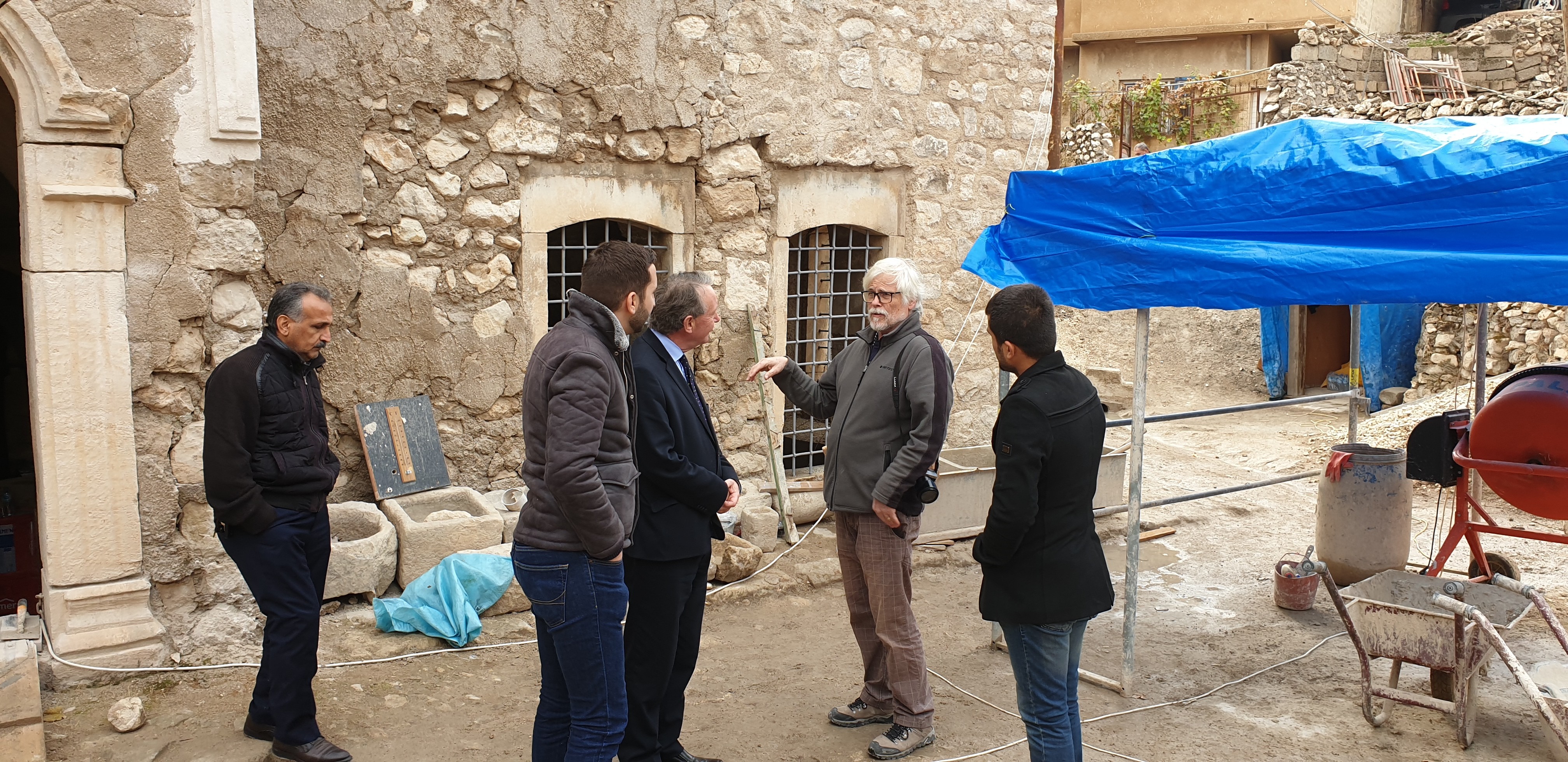
Athra Kado also took me to the ancient seventh century monastery of Abbot Hurmidz.
Perched high on a mountain in a stunning location near Alqosh, the monastery is owned by the Chaldean community.
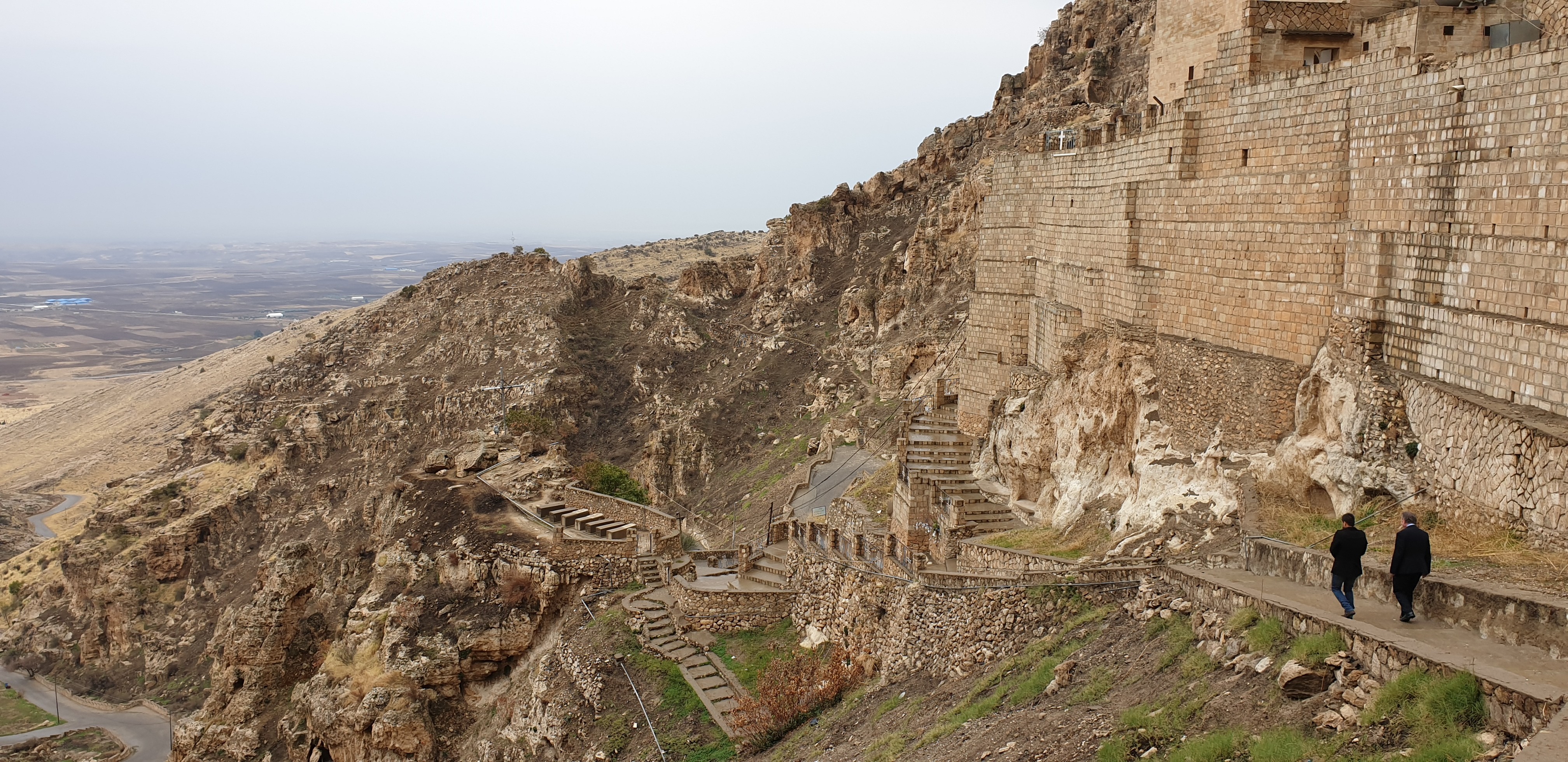
It has not been lived in by monks for 30 years.
It isn’t hard to see how, if Athra’s vision comes to pass, this could one day be a place where thousands of visitors would come to stay – providing jobs and opportunities for local people.

Like Nahum, “the comforter”, the foundations laid by Hurmizd, 1,400 years ago, could provide a contemporary place of comfort and encouragement to people seeking the healing of a tortured history – somewhere to contradict the prophets of doom who cannot accommodate diversity or difference.
